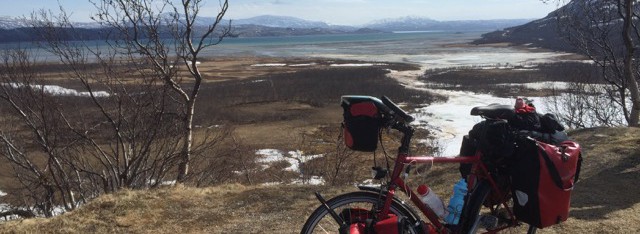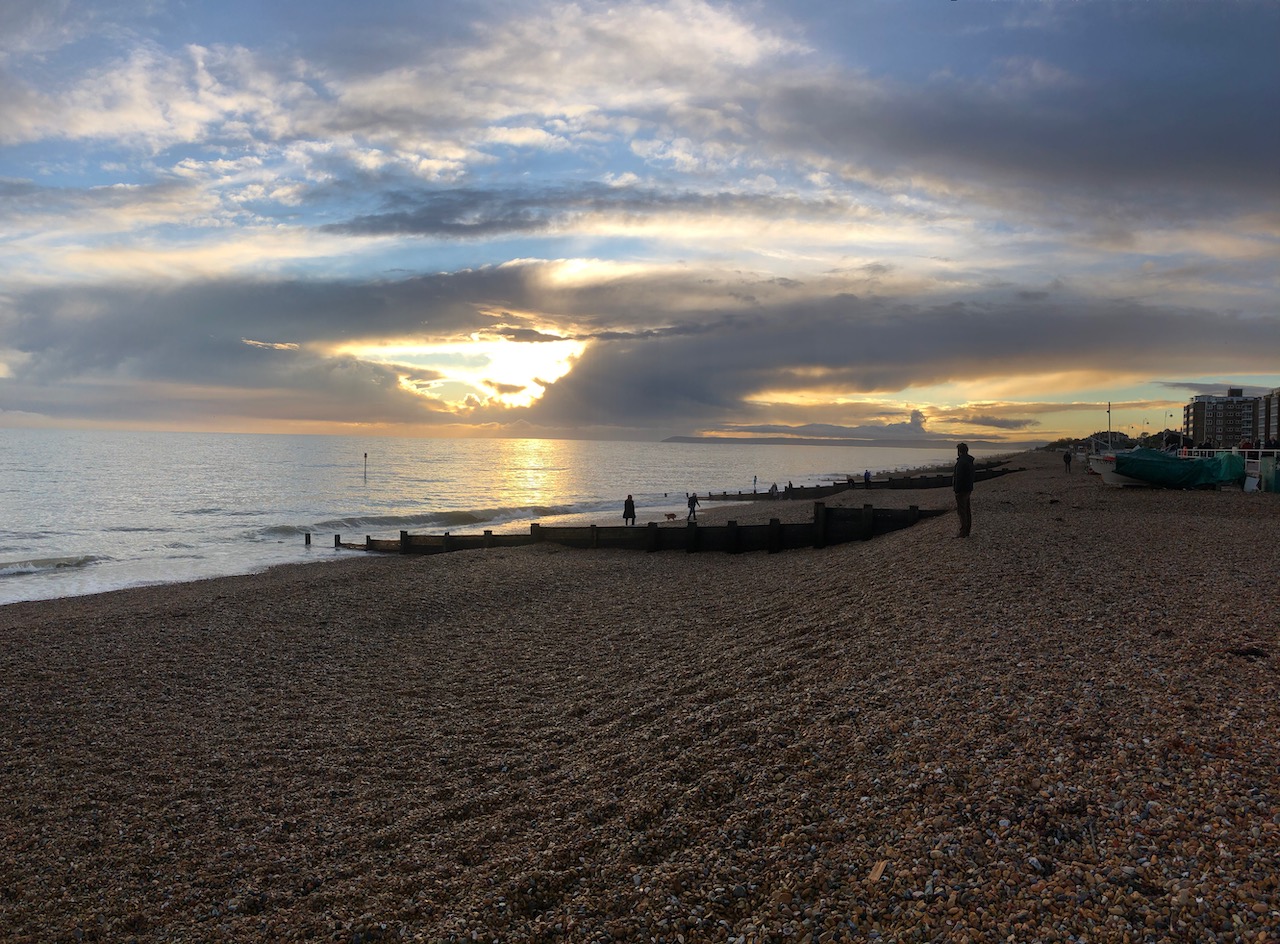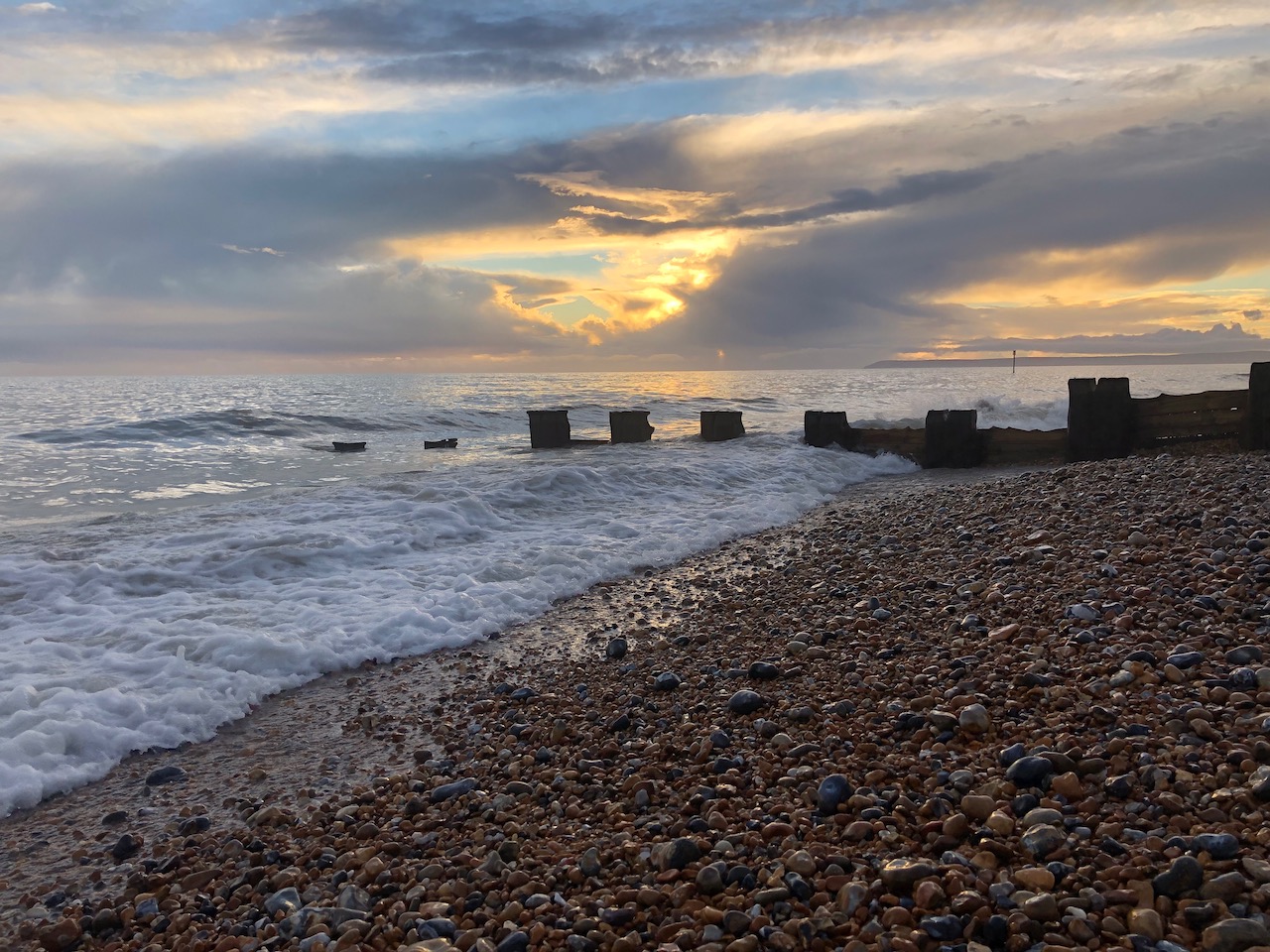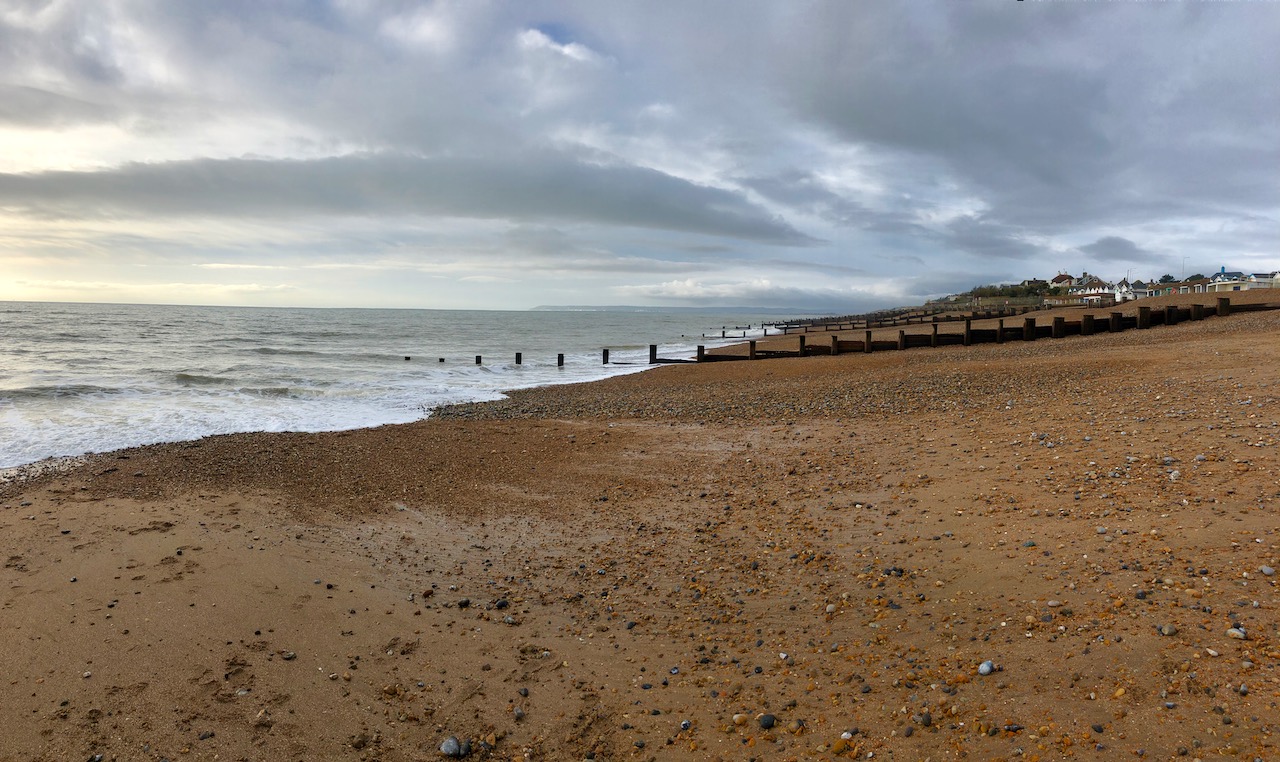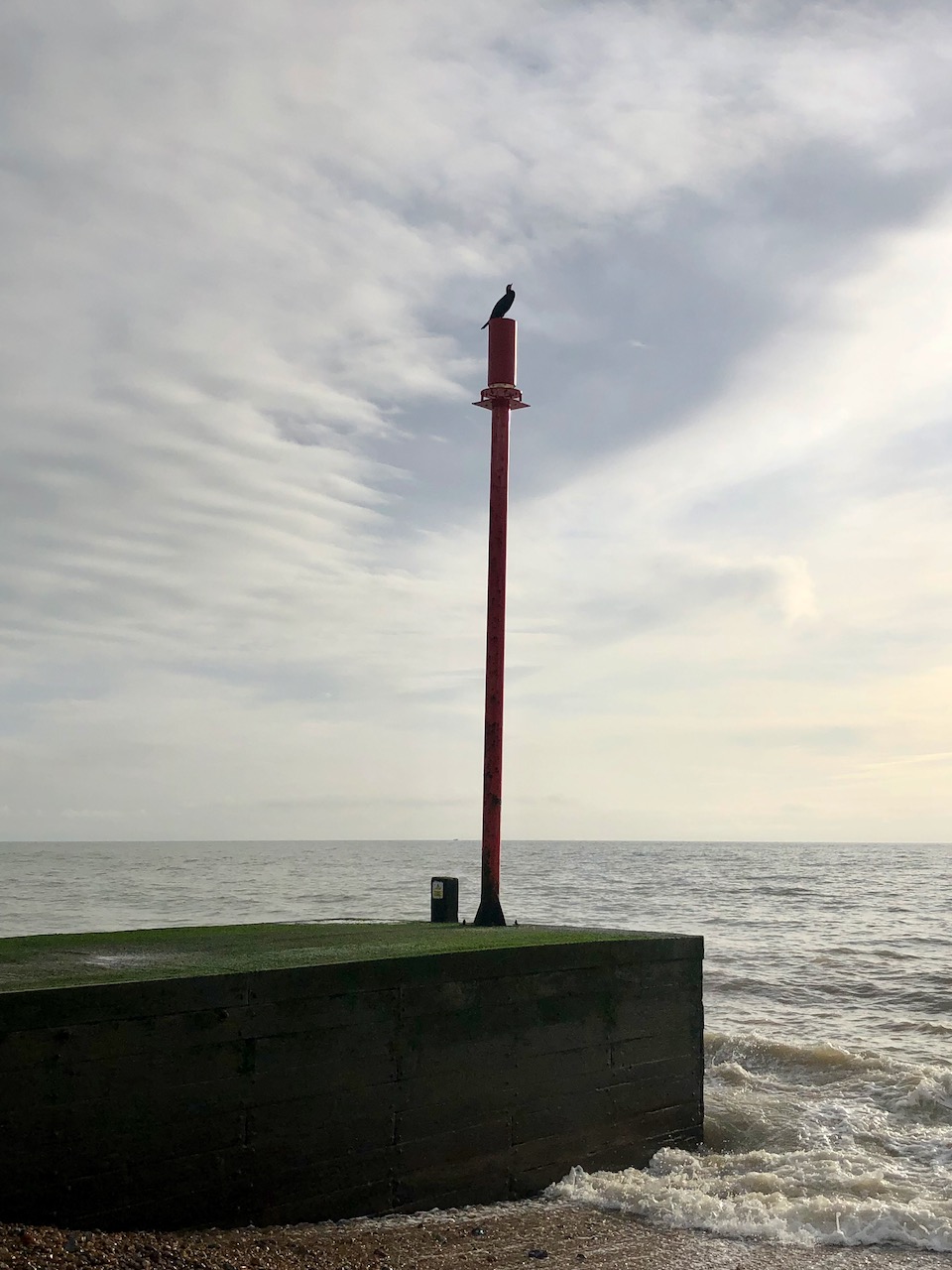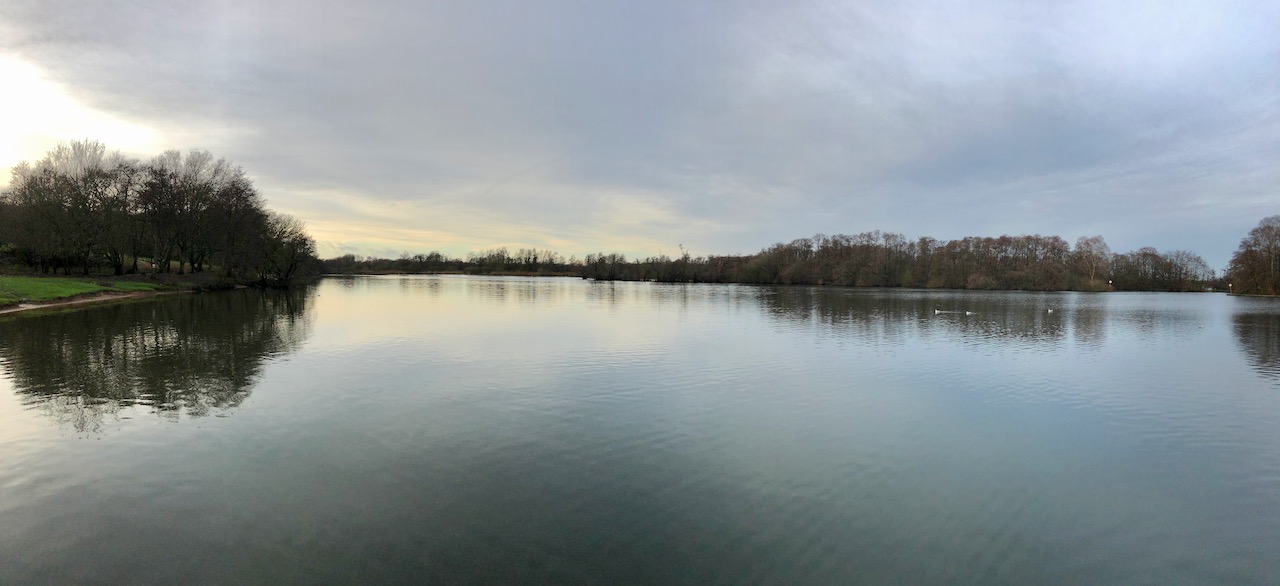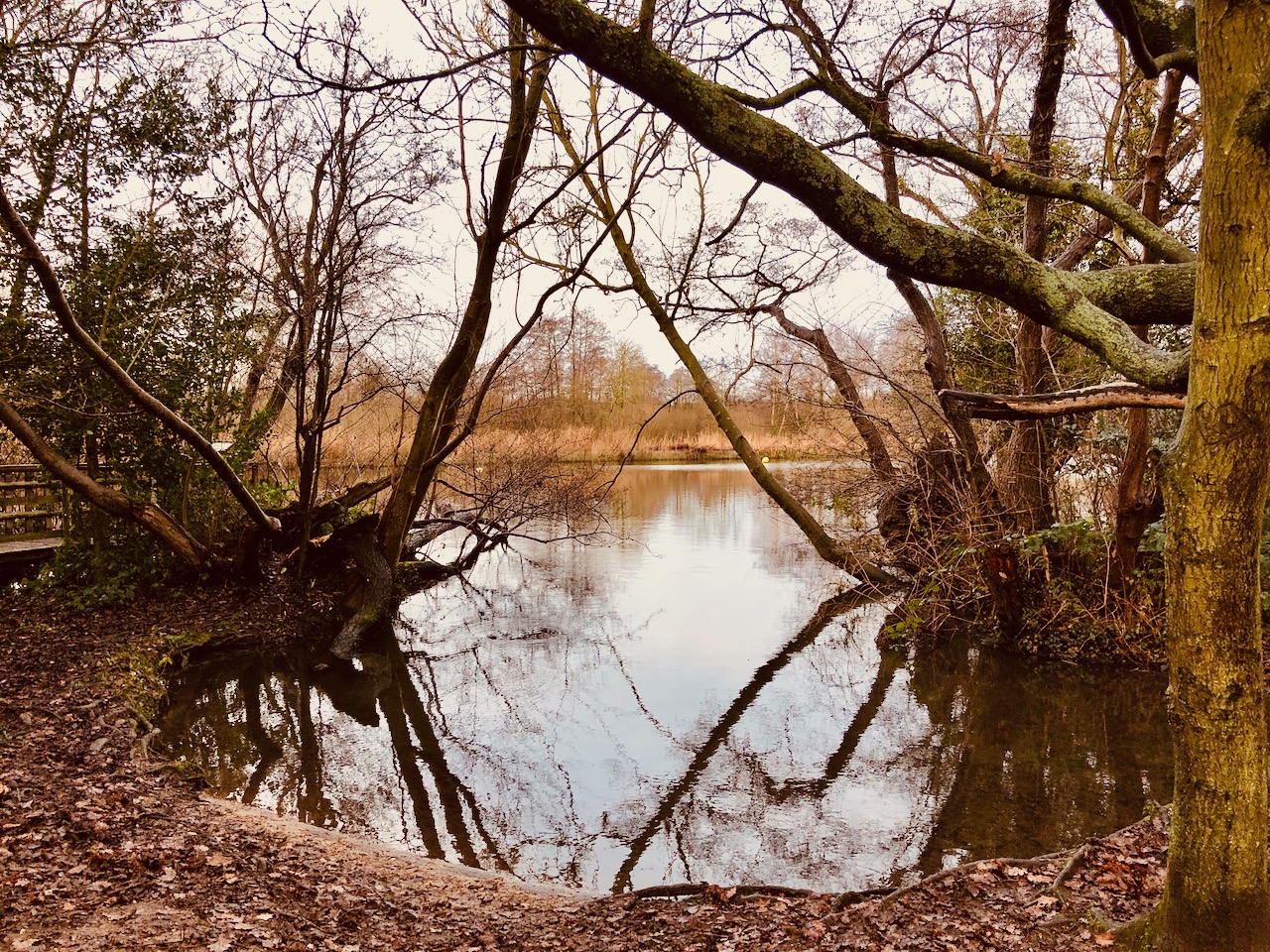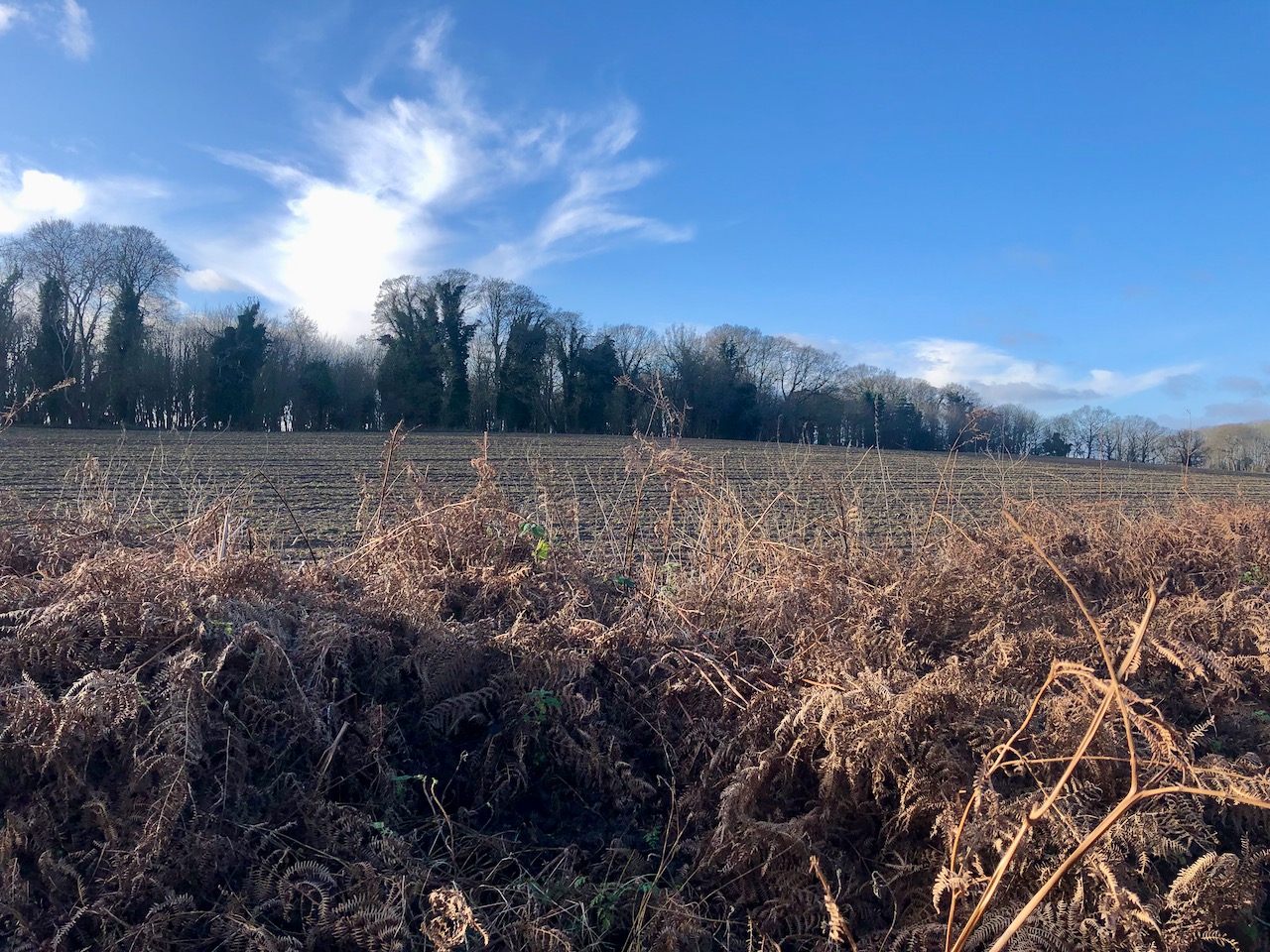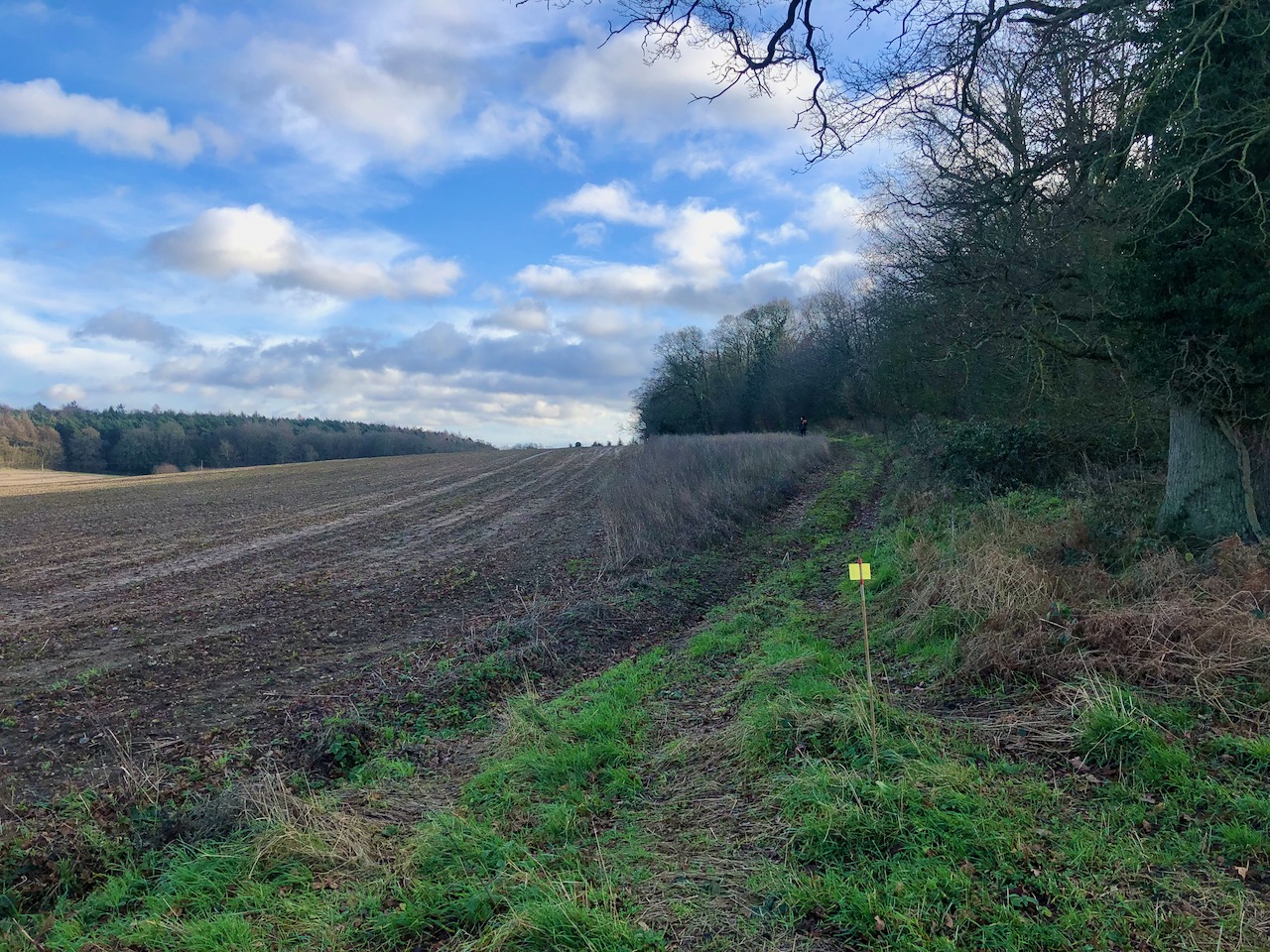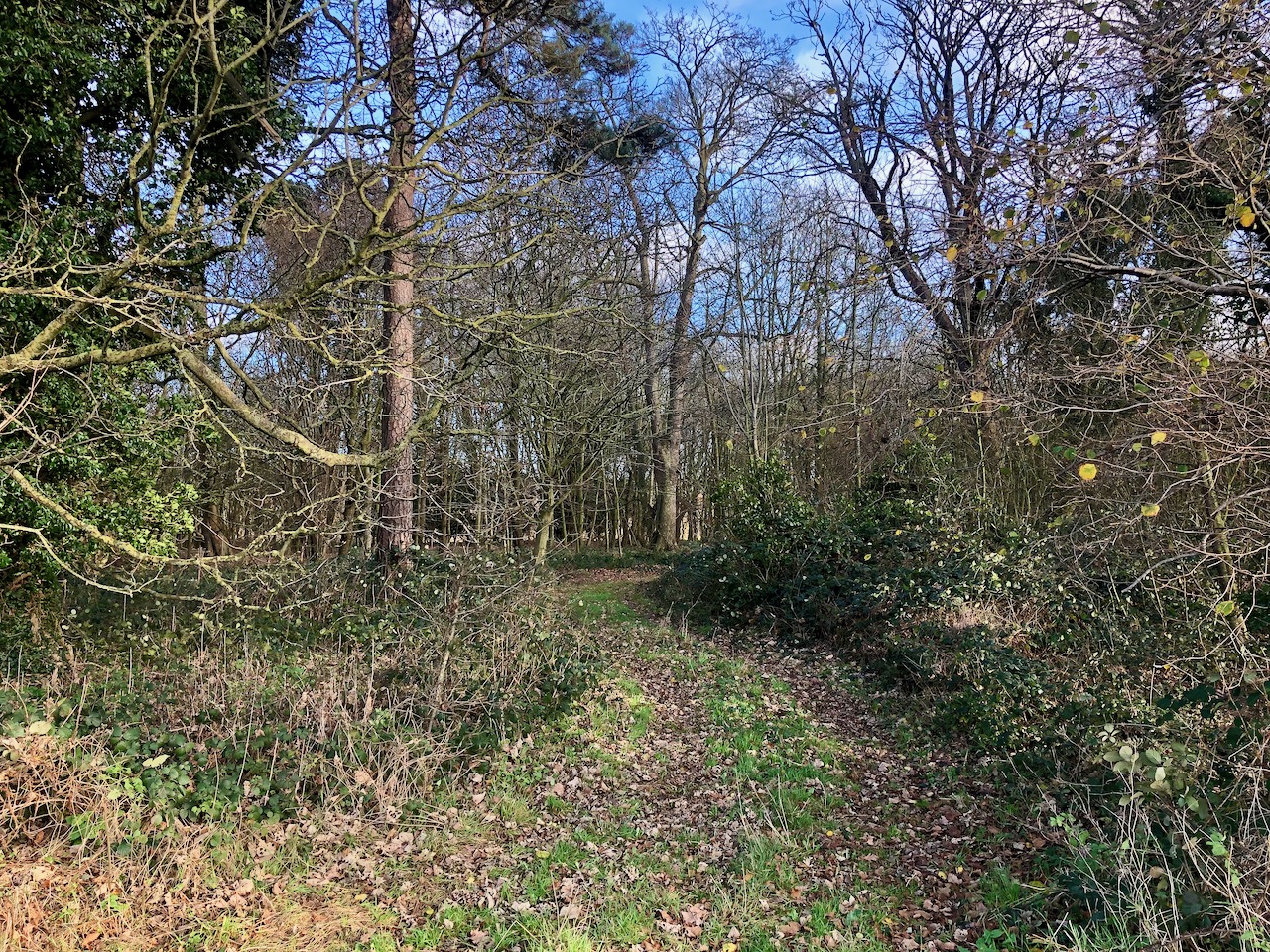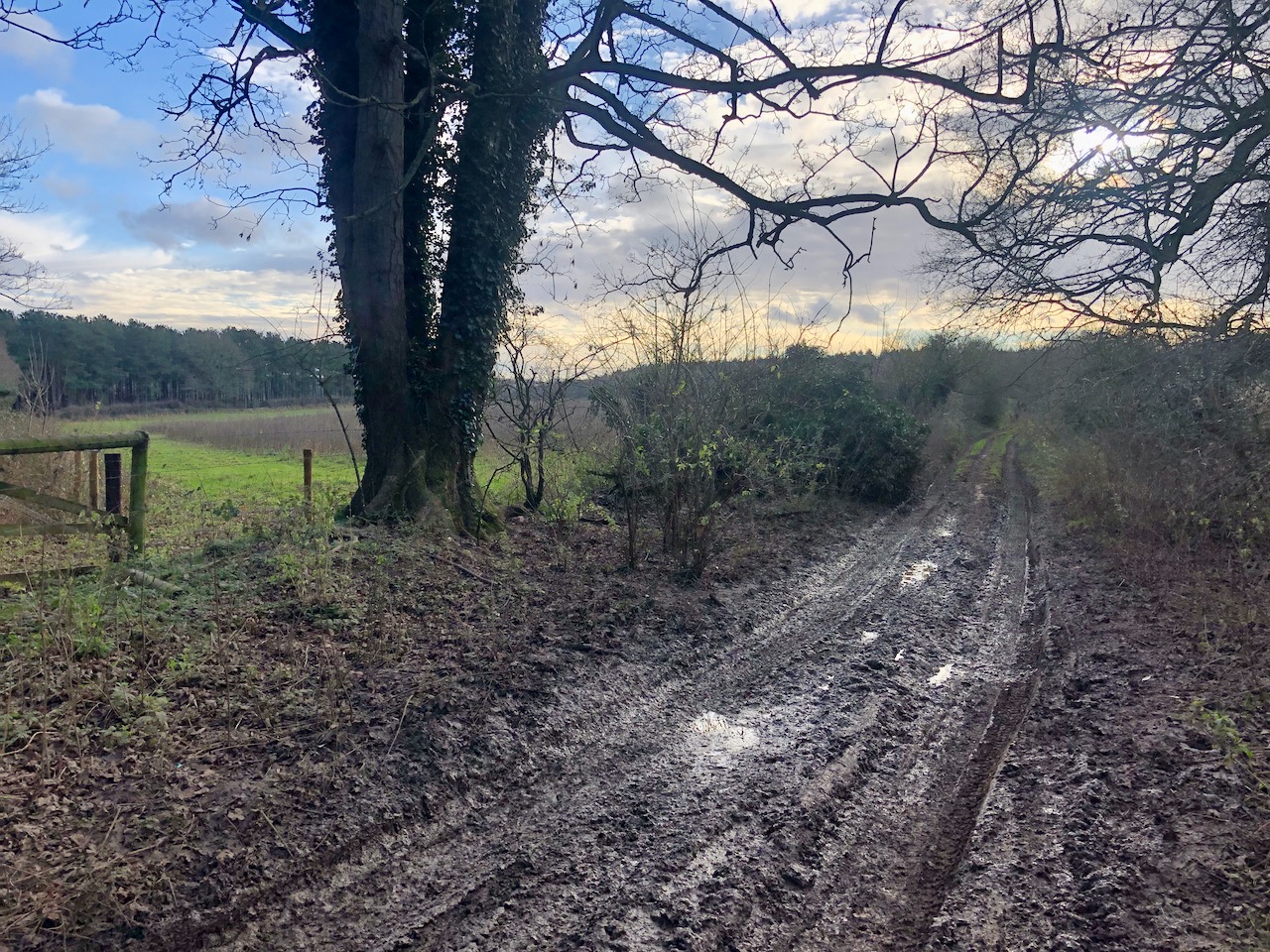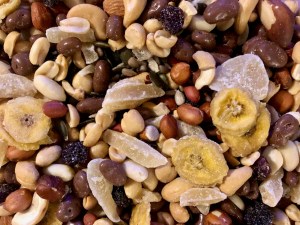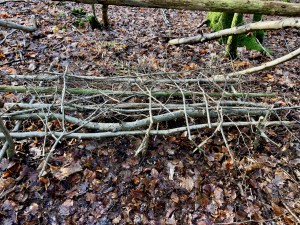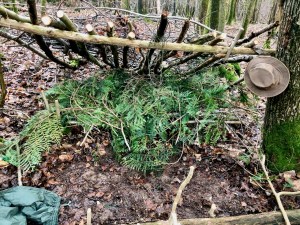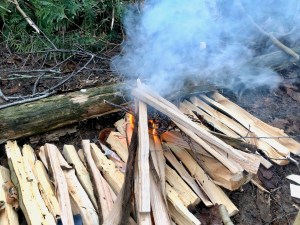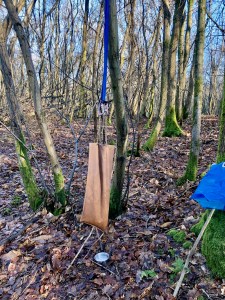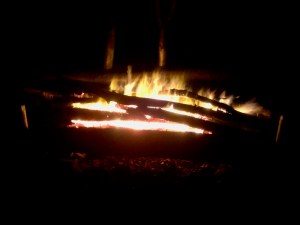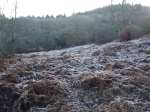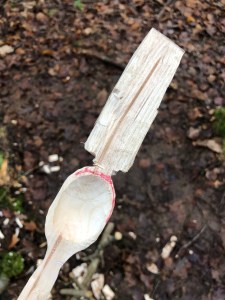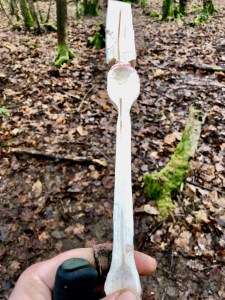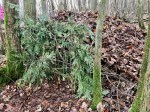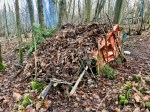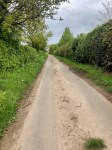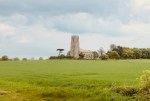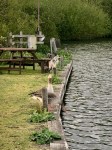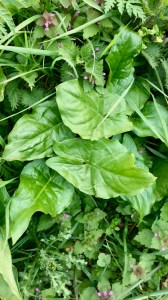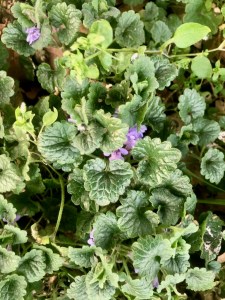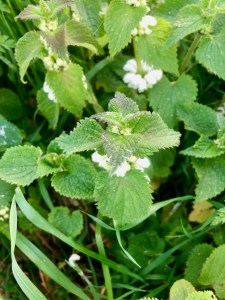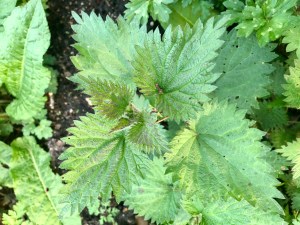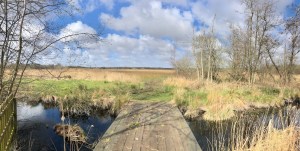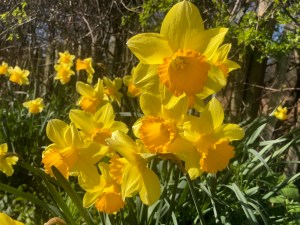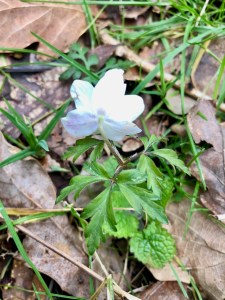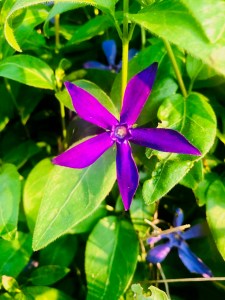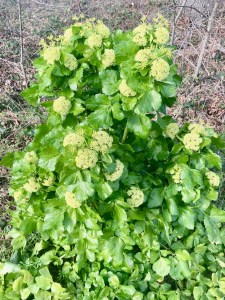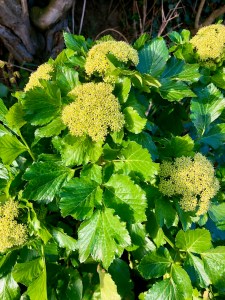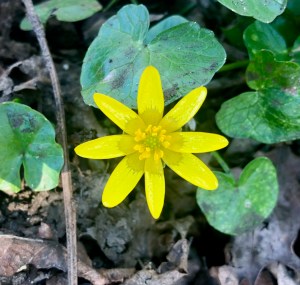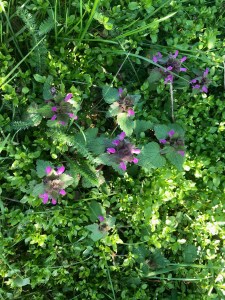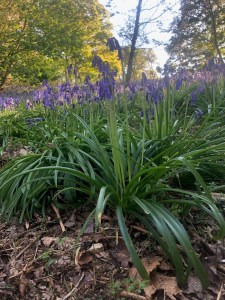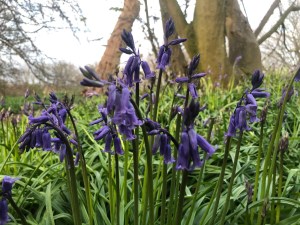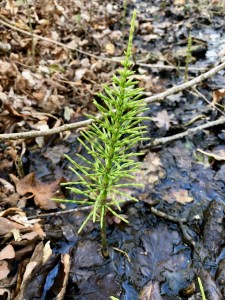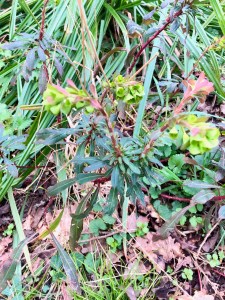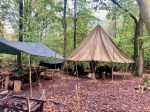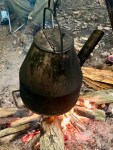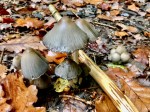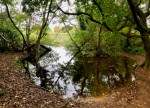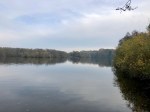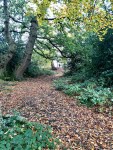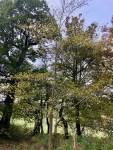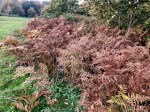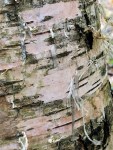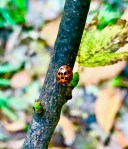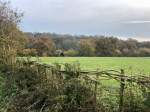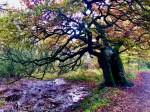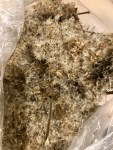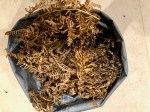I really would rather be in the woods, engaged in bushcraft training, foraging, learning about plants, animals and trees. Helping others learn about them too. That would be great. The year long bushcraft course I finished last year with the Woodcraft School, which was actually two years long due to the pandemic, was brilliant. I want to be sitting around a campfire with mates swapping tales after a hard days graft. But I just don’t feel I can at the moment.
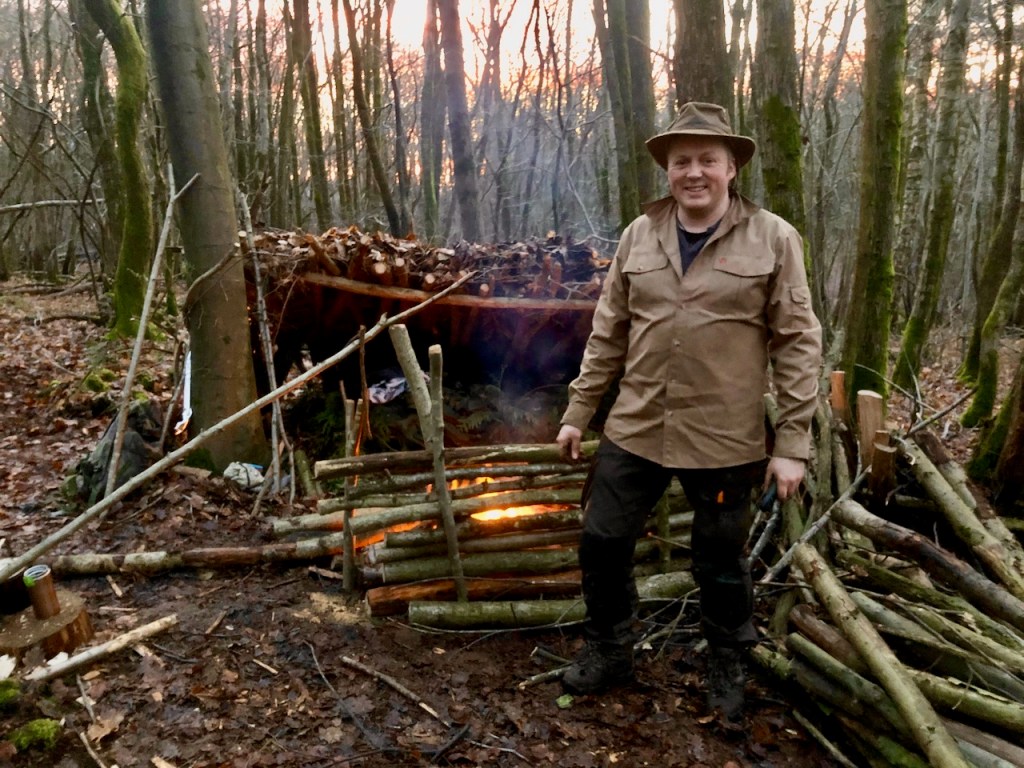
I think I’m having one of those days where everything feels a little bleak, hard work, headachy, not to mention frustrating and emotionally taxing. October was pretty intense on the protest front, helping to support Just Stop Oil as we took action in London. November is turning out to be similar. Not that I could think of doing anything else at the moment, the crisis being so urgent.
Like many others I’ve taken holiday from my day job to support the Just Stop Oil protests, and am often busy in the evenings and at weekends doing similar. It’s tiring, but what else can we do in the face of a Government that simply won’t do what’s needed? These ordinary people from all walks of life are some of the kindest, most compassionate and self-sacrificing people I’ve ever met. It’s a privilege to work with them, learn from them, cry with them and do whatever I can to help get their stories and message out there.
The UK Government want to open up over 100 new oil and gas projects, when all the science is saying we can’t afford the climate wrecking emissions from doing so. Just Stop Oil are demanding no new oil and gas licenses are granted, and that we transition to renewable energy. We have enough oil and gas reserves to keep us going for years, we don’t need to open up new ones that take decades to come online, are 9 times more expensive than renewables, and won’t do anything to help with the cost of living crisis or our energy security.
People around the world, especially in the Global South, are dying right now because of floods, droughts, fires and famine. A report from Oxfam in May this year said it was likely one person is dying from hunger every 48 seconds in Ethiopia, Kenya and Somalia. It’s only got worse since May. Thirty three million people have been displaced from their homes in Pakistan due to flooding, and now disease is rife. The list of climate related disasters goes on.
On the home front we’re protected from the worst impacts, however the summer heatwave where temperatures went over 40C for the first time saw over 3,000 excess deaths. The London fire service had their busiest period since the blitz due to fires caused by these temperatures, and sixty homes round the country were lost as a direct result. Harvests are failing both where I live in East Anglia, and around the world, which is going to drive food prices up even further and will mean even more people go hungry.
You don’t have to believe Extinction Rebellion or Just Stop Oil when we tell you just how serious the crisis is. Thousands of scientists are screaming it from the rooftops. Antonio Guterres, the UN Secretary General, said this week we’re on course for Climate Hell. The International Energy Association and Intergovernmental Panel on Climate Change are saying we can’t have any new oil and gas projects. Sir David King, ex-chief Scientific Advisor to the UK Government says we have 2 or 3 years left to act to slash green house gas emissions. Saint David Attenborough is saying the same. We need to act now or we face societal collapse.
I am so scared about not only what’s going to happen to me as I grow older, but for my niece and nephew; will they have a chance to grow as old as I am? I’m 47, they are 9 and 11. It’s the same for all my friends’ children. I just feel like I have to do something to give them a chance at a survivable future, and hopefully one they can thrive in. I know this sounds awful, but it’s the truth, one that’s not being talked about enough.
The protests by Just Stop Oil on the M25 this week have rightly sparked outrage amongst the general public. Traffic has ground to a halt meaning people can’t get to work, have missed funerals, may have missed or been late for hospital or doctors appointments. It’s terrible that it’s come to this. The people taking this action know they are going to be hated, but don’t think they have any other recourse. Everything else has been tried: writing petitions, talking to MPs, writing letters, standing on a pavement with a placard or going on a march. Civil resistance is all we have left. Actions have included blockading fuel depots and disrupting oil refineries, road blocks in London, disruptive actions outside Downing Street and other Government departments. Soup and cake has been thrown at artworks, not damaging them, but causing media uproar and public backlash from some quarters.
These actions create the tension required for discussion to happen, for the climate crisis and the action needed to mitigate it – we can’t stop it – to get into the media and for the Government to take notice. Our criminal Government could stop the Just Stop Oil actions right now by agreeing to not allow any new oil and gas projects. It’s a straightforward demand that all the experts are saying needs to happen, right now. Sunak is at COP27 saying action needs to be taken, the crisis is urgent and we need to hit our targets, but it’s all nonsense. He and his party are doing the opposite of what’s needed and falsely accounting UK carbon emissions to make us look good. COP 27, like COP26, is full of fossil fuel lobbyists and I hold out very little hope it will result in any concrete commitments for change. Meanwhile year on year the situation gets more and more dire, people are suffering and dying, and our futures are going up in smoke.
I do understand why many of the public are getting angry about the civil resistance taking place. It’s really shit, however I’m also getting pretty frustrated with how misdirected that anger is. This isn’t a popularity contest, however the Government are being negligent and are far more deserving of your ire. I learned this week that hundreds of lawyers wrote to the Government to say that if average temperatures rise 1.5C above pre-industrial averages we will lose the rule of law. They are talking about societal breakdown. The UN said last week that there’s no credible path to keeping temperates below +1.5C. The Government’s continued inaction on the climate crisis, and continued support of the fossil fuel industry, is therefore criminal. They are still subsidising oil and gas companies to the tune of £236 million pounds a week, when instead they could be investing this money into renewables and helping with the cost of living crisis. The ‘windfall tax’ they’ve imposed on energy company profits has massive loopholes, allowing the likes of BP and Shell to offset profits versus new development costs. BP and Shell are making billions of pounds, profits for a really small minority, whilst the majority suffer.
Back to the frustration. As a spokesperson for JSO (Just Stop Oil) you hear and see all the criticism, either during interviews or online on social media platforms, or in the media. Here are several of the common topics, with my comments:
- You’re all hypocrites, you drove to those actions, you wear clothes made from oil products, eat food that uses oil, have a mobile phone etc
- Yes, it’s true, we’re hypocrites. We can’t be anything else in the current system. We can recycle as much as we like, stop flying, go vegan, but we still exist in a system where not using oil and gas is impossible. Taking action or being noticed whilst campaigning for change, and not using fossil fuels, is impossible. What should we do, go and live in a cave and wear a hemp sack? Doing nothing isn’t an option. We’re not saying stop using oil and gas tomorrow, we’re saying no new oil and gas projects. We need a just transition to a new way of living.
- The traffic delays are causing loads of pollution and green house gas emissions. You’re making the crisis worse by your actions.
- Ok. Deep breath. The increased emissions/pollution from delays pale into complete insignificance versus the emissions caused by continued fossil fuel exploration, construction, increased overall car use, and the continued and increasing production of all the things we’re told we need and have to buy, but don’t really need. This argument is so tiring, and doesn’t make sense. People could also just turn their engines off if they’re in a traffic jam.
- You’re losing public support. You need public support. You’re damaging the cause.
- There’s no evidence to suggest JSO actions are damaging the environmental cause. In a recent poll 66% of respondents supported direct action on the climate and ecological crisis. People may dislike this style of civil resistance, but it get’s results. People are talking about the issue. The media are publishing articles and interviewing us every day; they wouldn’t if we just stood on the roadside with a placard. Previous movements that used civil disobience to get results were loathed at the time, like the Suffragettes. Martin Luther King was the most hated man in America. The LGBTQ+ community had to fight for the rights they have today. They got results from taking direct action, results which everyone recognises today were the desperately needed.
- Go and protest in China or the US, they’re the big polluters. The UK is responsible for less than 1% of emissions. Us cutting emission won’t do anything. Stop disrupting our lives.
- One, the 1% stat doesn’t really take into account all our emissions, such as those from the production and transportation of all the goods we consume that a manufactured abroad. Two, this doesn’t account for our historical emissions – we’re a world leader on that since the industrial revolution, and have a responsibility to acknowledge an act. Three, we need to set an example, we can be world leaders at that, and on green tech and a green transition. We really do have a responsibility to face up to our colonial past and the exploitation of the Global South for profit. So we’ll continue to take action in the UK against our criminal Government and the oil and gas industry.
- You’re delaying ambulances. People are dying because of the actions you’re taking. People can’t get to hospital appointments etc.
- Yes, it’s really terrible when any delays like this take place, or if ill people get caught up in disruption. I hate it. Worth noting that the South East ambulance service recently said no ambulances had been delayed as a result of protests. JSO and XR also have a blue light policy and always let emergency vehicles through road blocks. It’s still awful if anyone is delayed, but 1000’s round the world are dying right now due to the climate crisis, our futures are at stake, and the Government is doing the opposite of what’s required. What else can we do?
- You’re nothing but a cult, full of brain-washed idiots!
- I like this one, it’s quite new. If we’re a cult, we’re a cult that is supported by thousands of scientists, and scientific bodies, the UN Secretary General, the IEA, IPCC, and 1000’s of ordinary people who work as teachers, doctors, nurses, carpenters, students or retired folks. Strange sort of cult really, campaigning to preserve life
There are no doubt lots of other examples. Maybe mention them in the comments and we can discuss further.
I just want to touch on the media’s role in all this. They are complicit in the crisis and just aren’t telling the truth, or giving the public the facts they deserve and need to know. I know I shouldn’t be surprised, but just how little people are aware of how dire the situation, and how they haven’t really emotionally connected with it, is still amazes me. The 1.5C target being blown means nothing to so many folks, and I’m not surprised given how little attention the media give the climate and ecological crisis. Reporters don’t challenge oil and gas execs enough, and certainly don’t hold the Government sufficiently to account. Mainstream media is controlled by billionaire oligarchs with an interest in maintaining the status quo, at the expense of everyone else. The media have a duty to report the truth, the same way that we have a duty to rise up versus a morally corrupt and criminally negligent government.
It’s really hard sometimes. I get why people feel the way they do, the anger and frustration, the hatred, I wish people could look beyond the disruption to the reasons for it, and who is ultimately responsible. I was encouraged today to hear people stuck in traffic saying they get it, and support the direct action being taken. I hope this marks a shift in public perception. I hope people spare a thought for those now on remand or serving prison sentences for the action they’ve taken to try to save lives. We’ll see.
One thing for certain, we’ve just got to keep on taking action, and trying new forms of civil resistance to bring about change. Do something and have a chance at a survivable future. Do nothing and perish. Not really a choice there.
Please consider joining Just Stop Oil or Extinction Rebellion out on the streets, or any other organisation taking non-violent direct action. There’s lots of ways to get involved, and plenty of support.
I’d really rather be in the woods though.
I just realised that as the police are starting to arrest reporters and film-makers covering protests, and to arrest ordinary folks on charges of conspiracy when they haven’t actually done anything, there’s even a risk I could be arrested for writing a blog post like this. The Public Order Bill currently going through the House of Lords is terrifying, and a subject for another blog post. If you don’t hear from me for a while you know why (only semi joking).
Picture of Gideon by way of goodbye for now. I asked him about COP27. He pondered for a bit, but reckons there isn’t much hope, especially as humans seem to be interested in cat pictures more than the reality of the climate crisis. Not that he’s complaining, he’s quite vain. Then he went to sleep.


